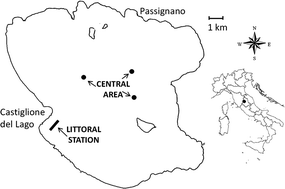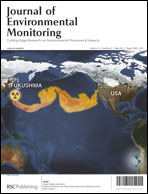Chironomid mouthpart deformities as indicator of environmental quality: a case study in Lake Trasimeno (Italy)
Abstract
The aim of the present study was to monitor mouthpart deformities of Chironomus plumosus (Insecta-Diptera) in Lake Trasimeno (2000–2010) in relation with sediment contamination by heavy metals, which is one of the main causes of deformity induction. In Lake Trasimeno, concentrations of heavy metals in the investigated littoral zone were low, in comparison with those of the central area. By contrast, the incidence of deformities was much higher in the littoral station (2006–2009) than in the central area. In the littoral zone, the deformities progressively decreased and by 2010 reached values similar to those observed in the central area (2000–2002, 2010). This decrease was mainly due to the reduction of severe deformities, thus indicating an environmental quality recovery of this littoral sector. Chemical analysis revealed that the higher incidence of deformities in the littoral zone was not caused by heavy metal contamination, unless they may have contributed to a joint action with other toxicants. The present study on Lake Trasimeno provided additional evidence that chironomid mouthpart deformities can be used in biomonitoring programs to evaluate sediment contamination by toxicants. Since mouthpart deformities may also be induced by compounds not included in routine chemical analyses, they may better reflect sediment quality than chemical analysis alone.


 Please wait while we load your content...
Please wait while we load your content...